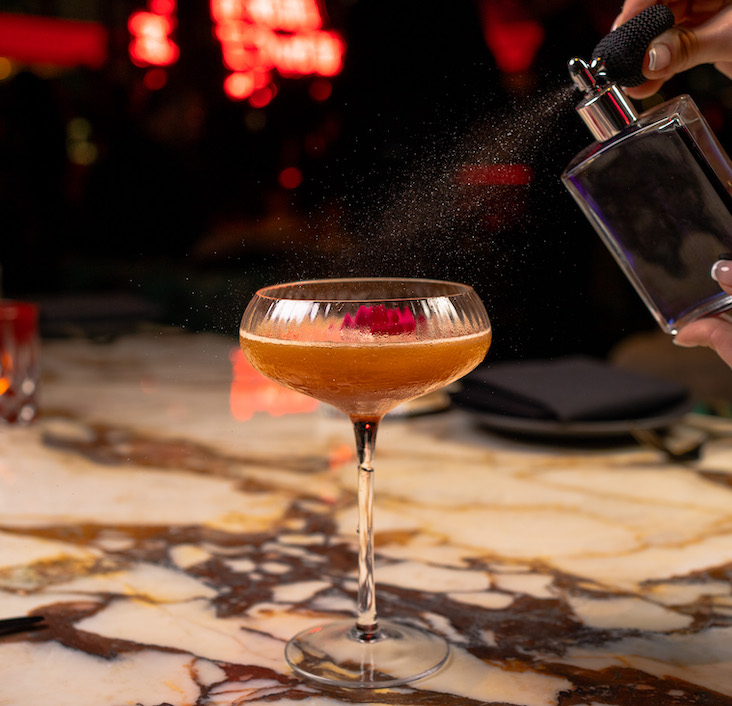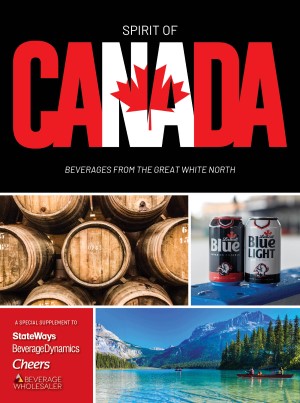Beer Guide (N to R)
Nitro: Adding nitrogen to beer to create a smoother, creamier product with a finely bubbled head. Guinness Stout is the most common version of this technique.
Noble hops: Traditional European hops that are produced only in four small areas: Hallertau, Spalt and Tettnang in Germany, and Saaz in the Czech Republic. Noble hops are soft, refined, and prized for their subtle, less-bitter, somewhat spicy flavors. Strains of “nearly noble” hops either exhibit characteristics similar to, or were bred from, those four “noble” areas.
Pale ale: Ales brewed with lightly roasted “pale” malts, which creates more of a balance between hops and malts than in hop-dominated India Pale Ales. The pale-malt recipe also results in a lighter color. First brewed in the 1700s. American Pale Ales like the trend-setting Sierra Nevada Pale Ale contain more hops (especially American hops) than their counterparts in other countries.
Pilsner: The most common beer worldwide, pilsners are pale lagers that are typically crisp, clear, low-ABV, light-bodied and refreshing. Most American “big beers” – Budweiser, Coors, Heineken, Pabst Blue Ribbon, etc. – are pilsners. The name derives from Pilsen, a Czech Republic city where the brewing style originated in 1842.
Porter: Rich, dark, roasted, malty beers, brewed with brown, black, pale, or chocolate malts. Can be dry and pleasantly acidic. Originated in London in the 1700s when the palates of beers drinkers began to evolve dramatically. The name porter may originate from the beer’s popularity among transportation workers (or porters) in London from that period. Comparatively less dark and less dry than stouts, a similar style.
Red ale: Typically a crisp, heavier, maltier, more-caramel version of the pale ale, with varying degrees of hoppiness, particularly at the finish. The name comes from the roasted malts that can give these ales a reddish, coppery appearance. Oftentimes synonymous with amber ale.
Reinheitsgebot: Also known as the German Beer Purity Law of 1516, this law in the Holy Roman Empire and its successor state, Germany, regulated the ingredients of beer to just water, barley and hops. Yeast was amended into the law in the 18th century, after Louis Pasteur discovered yeast’s role in fermentation. The Reinheitsgebot held until being replaced in 1993 by a new law that allows slightly more ingredients. However, many German brewers claim to adhere to Reinheitsgebot regulations.
Rye beer: A style of beer in both ales and lagers brewed with Rye malt in the recipe. These beers usually have a grainy, hearty flavor with a “kick” to it, are dark in color and low in ABV.




